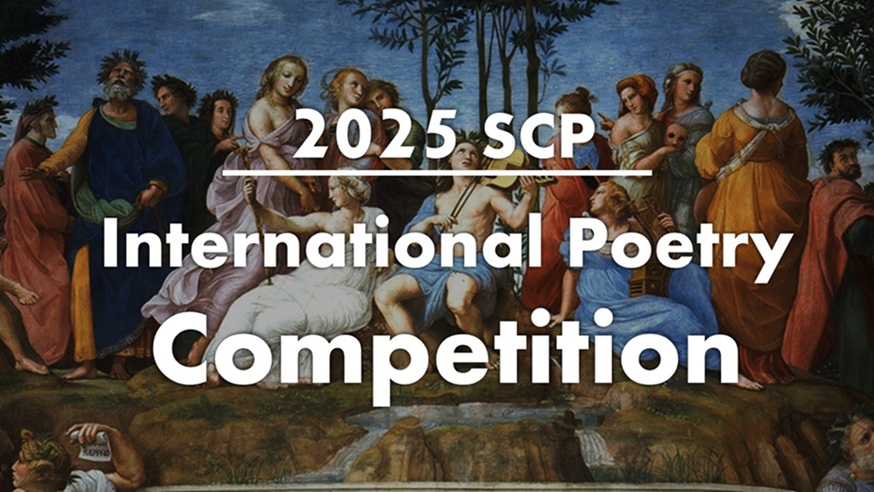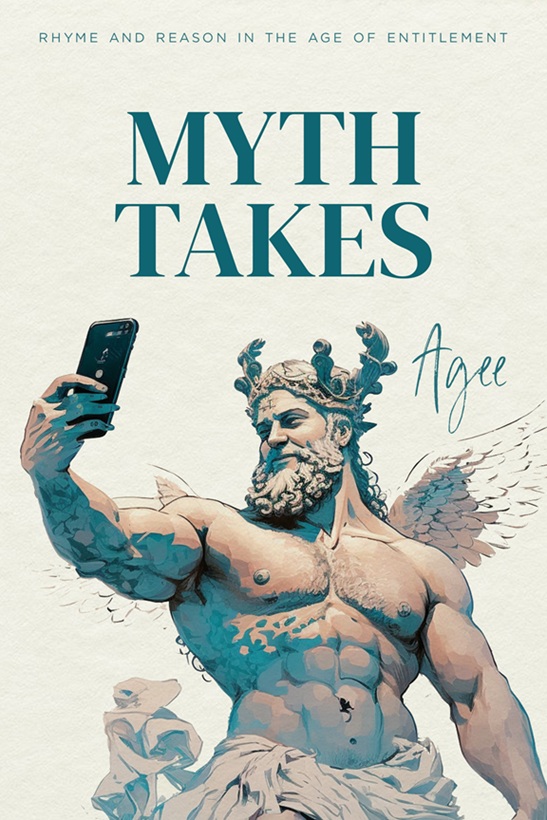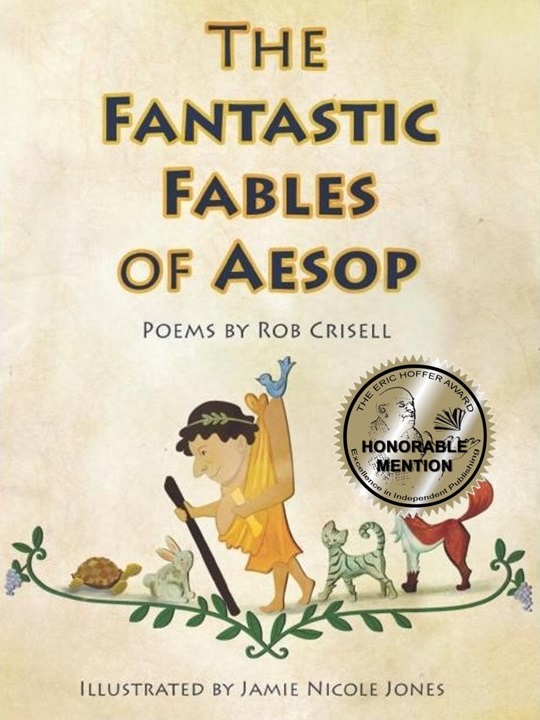Morning Rain
Veiled sky, dusk at dawn,
Night gone—yet not gone;
Half-light, hardly day;
Weird world, dim and gray.
Rain falls—steady, soft.
Mists rise, twirl, and waft.
Gentle pattering
Drowning everything,
Drumming—constant, deep—
Coaxes back to sleep.
Sleep, though, now eludes
As day’s darkness broods.
Thwarted, still I lie
In the shades and sigh.
The Golden Tree
Amidst the neatly regimented rows
Of eye-high cornstalks, green and supple still
In mid-September’s dying heat, there grows
A solitary tree, a tulip tree,
Tall sentinel to watch the ordered plain
With proud, yet lonely incongruity—
Resplendent, golden in oblique late rays,
As though a relic of King Midas’s reign,
Or as if Autumn hastened her cool days.
Ah, me! Too soon it yellows, long before
October sounds the greenery’s death-knell.
Why? Can it bear to watch alone no more?
Adam Sedia (b. 1984) lives in his native Northwest Indiana and practices law as a civil and appellate litigator. He has published four books of poetry and his poems, essays, and fiction have appeared in various literary journals. He is also a composer, and his musical works may be heard on his YouTube channel.


















Adam, I like the concrete imagery of the eye-high cornstalks. Also the short exclamations at the front of those two lines in the final stanza, “Ah, me!” and “Why?” have an interesting effect. If such items were at the end of a line it would feel like a cramped attempt to make a rhyme work. But I like the dramatic pauses they effect. Also, the “Ah, me!” has that Wordsworthian questioning wonder in the face of nature.
“Morning Rain” is a great example of intense reticence in a descriptive poem. Out of the 56 words that make up the poem, 45 are monosyllables. The poet has (deliberately, I think) written the fourth couplet with four words that are not monosyllabic, and they are all stressed on the first syllable. By doing this he creates a sonic equivalent to the patter of morning rain. And the three couplets that follow add a human element — should the speaker sleep, should he arise, or should he just lie there “thwarted” and sighing? In other words, there is a backstory here that we are not given.
“The Golden Tree” is a picture of isolation and pride. The tall tulip tree is unique among the other vegetation, and stands out among the lesser plants, “resplendent” and “golden.” But the last tercet brings in death, and imagines the tree anthropomorphically, as a tired and disheartened sentinel.
This poem reminds me of a poem that was recited in the film “The Night of the Iguana,” back in the 1960s. It was composed by an elderly poet (played by Cyril Delevanti) and completed just at the very end of his life. I recall the first few lines:
How calmly does the olive branch
Observe the sky begin to blanch —
Without a cry, without a prayer,
With no betrayal of despair…
The poem continues, recounting how the olive tree soon dies and returns to earth.
Adam, I loved both poems but was particularly attracted to your King Midas reference to the golden leaves of autumn. As one who grew up as an only child in a place with solitary trees on a plain, I can really relate to your view.
Adam, I love “Morning Rain” for several reasons. But after reading Dr. Salemi’s analysis I read it twice and I could almost hear the rain both times. I am reminded that good poetry demands multiple readings. Very nice!
Thanks, Adam, for this worthy poem on the Indiana state tree. I recall your “Magnolia” poem from April, when you remarked that you really ought to write one honoring the tulip tree. Well done, and the placement of the single sentinel tree among those eye-high cornstalks brings that major crop of the Midwest to the fore as well. The time placement in autumn lets the early goldening of the tulip tree stand out too; you indicate how this happens prior to the cold snap usually initiating fall colors, and this suggests the rich classical allusion to King Midas. Not to mention the wealth proclaimed in the title! I’m now thinking of what I could do for a state tree, but considering my travels, I have several to choose from, and I’ve been impressed by most of them.
“Morning Rain” I read as an aubade, as this name for the “dawn song” does not necessarily imply separation of lovers. Instead, an individual is wakened by the raindrop sounds you present. And in a sleepy state he meditates on contrasting possibilities for action. Call it a morning attraction to more Morpheus, maybe!
In the first poem, there is no active verb until the third stanza, which might be expected on a drizzly morning. After that, the trend toward inactivity continues. For me, in my elected field of work, morning rain usually meant nothing would get done in the garden that day (for a number of good reasons) and was counted as a blessing of sorts: another gray holiday. This poem, if nothing else, is an exercise in mood.
The tulip tree (Liriodendron tulipifera) is a magnificent tree in every season. Back in the day when I worked as a carpenter on house renovations, it happened that most of the old baseboards were made of what was called tulip poplar. I don’t know whether or not the tulip tree’s wood is still used for that purpose, but I can tell you that the wood was a beautiful blend of pale, gray and olive hues, some of which I used in my own kitchen back when I could still do that kind of finish work. The pity is that in the old days it was the practice to paint it, not a fitting end for a true sentinel.
I loved the pitter patter, staccato rhythm to this poem, recalling Morning Rain, and the play on dark and shade reminding us of the diminished light through which the rain is falling.
The Golden Tree. Hats off to an excellent title. You make the tree stand out like a beacon amongst the ‘eye-high cornstalks’, until it’s extinguished at the approach of November. And what an image – ‘As though a relic of King Midas’s reign.’
Thanks for the read, Adam.